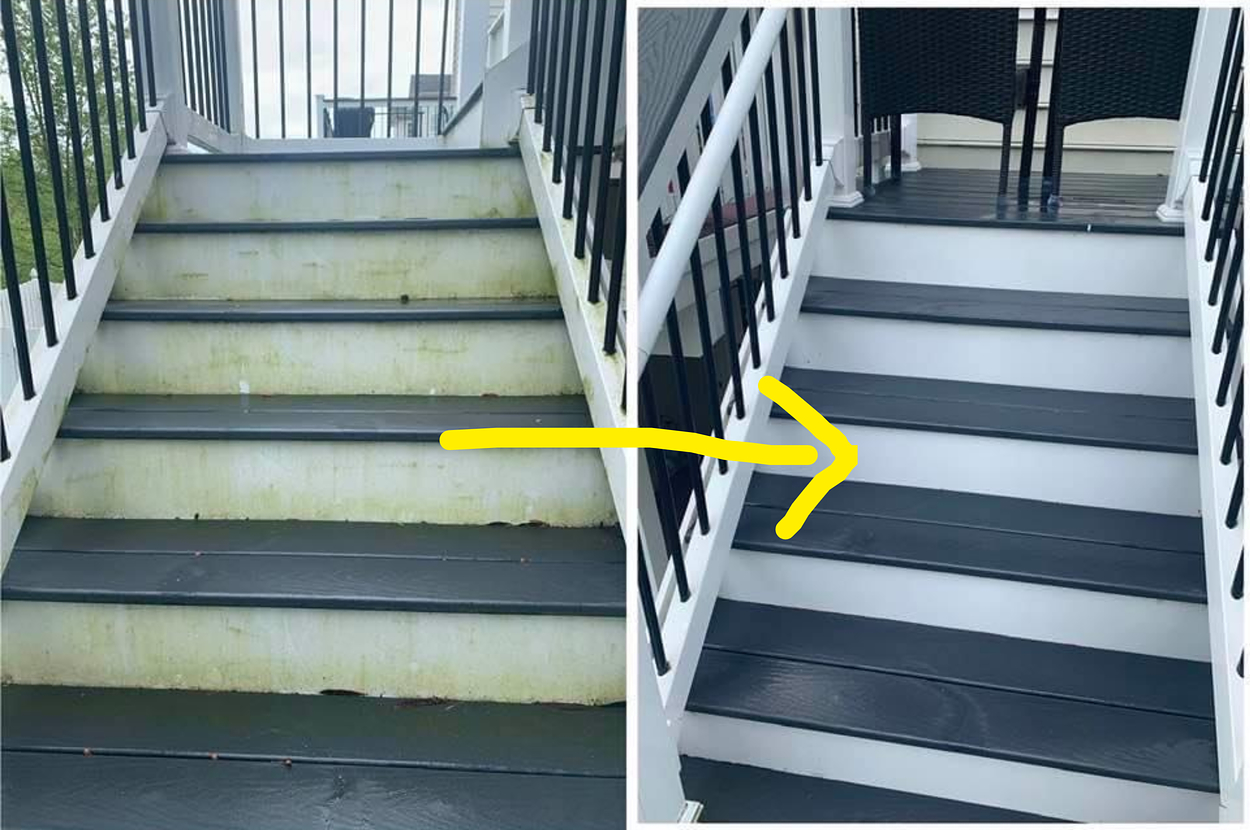Donations Make us online
At 12 billion miles (20 billion kilometers) from Earth, Voyager 2 is so far that it takes more than 22 hours for NASA’s signals to reach the probe. With its power gradually diminishing, mission planners thought they might have to shut down one of its five scientific instruments next year, but a newly implemented plan has resulted in a welcomed delay.
A recent adjustment, in which the probe redirects a tiny amount of power meant for an onboard safety system, means all five scientific instruments aboard Voyager 2 can stay active until 2026, according to a NASA Jet Propulsion Lab press release. There’s a modicum of risk involved, as the affected system protects Voyager 2 from voltage irregularities, but NASA says the probe can now keep its science instruments turned on for a while longer.
Voyager 2, along with its twin companion Voyager 1, are the probes that just keep on ticking. Launched in 1977, the spacecraft visited several planets in the outer solar system before tickling the outer fringes of the heliosphere—a protective bubble-like region of space that surrounds the Sun and shields us from harmful radiation pouring in from interstellar space. The probes are still active and gathering unprecedented data about the heliosphere and its protective qualities.
“The science data that the Voyagers are returning gets more valuable the farther away from the Sun they go, so we are definitely interested in keeping as many science instruments operating as long as possible,” Linda Spilker, Voyager project scientist at NASA’s JPL, explained in the release.
Related article: How NASA Will Prolong the Lives of the Voyager Probes, 11 Billion Miles From Earth
Generators on both probes lose power each year as the result of a continual decay process. This hasn’t affected their science gathering, but mission planners have had to turn off heaters and other non-essential systems to compensate for the ongoing power loss. For Voyager 2, it was getting to the stage where one science instrument needed to be turned off soon—as early as next year.
ON SALE NOW
Two of Our Favorite VPNs
Protect your private data
We share and access a ton of private data every day which can cause some big problems if that info gets into the wrong hands.
As a result of the newly implemented hack, Voyager 2 is now using a small amount of backup power provisioned for an onboard safety mechanism designed to protect the craft from potentially damaging voltage spikes. The probe is stealing some of this juice—not a lot—to keep all five of its science instruments on.
“Although the spacecraft’s voltage will not be tightly regulated as a result, even after more than 45 years in flight, the electrical systems on both probes remain relatively stable, minimizing the need for a safety net,” according to NASA JPL. “The engineering team is also able to monitor the voltage and respond if it fluctuates too much. If the new approach works well for Voyager 2, the team may implement it on Voyager 1 as well.”
Voyager 1 passed the heliosphere in 2012, while its twin did the same in 2018, the gap being the result of Voyager 2’s slower speed and alternate direction. An onboard scientific instrument failed early during the Voyager 1 mission, making it less reliant on power than Voyager 2.
Voltage spikes are a minor risk at this stage of the mission and the payoff—more science from Voyager 2—is worth it, according to Suzanne Dodd, Voyager’s project manager at JPL. “We’ve been monitoring the spacecraft for a few weeks, and it seems like this new approach is working,” she said.
One of the greatest achievements in spaceflight history just got an extension, and for that we should all be profoundly grateful. It’s incredible, but after all these years NASA is still able to squeeze some added life from these pioneering probes.
Correction: A previous version of this post mistakenly claimed that it takes 22 minutes for signals to reach Voyager 2, when it’s actually 22 hours. Yes, the probe is THAT far away.
For more spaceflight in your life, follow us on Twitter and bookmark Gizmodo’s dedicated Spaceflight page.
Source link











Leave a Reply